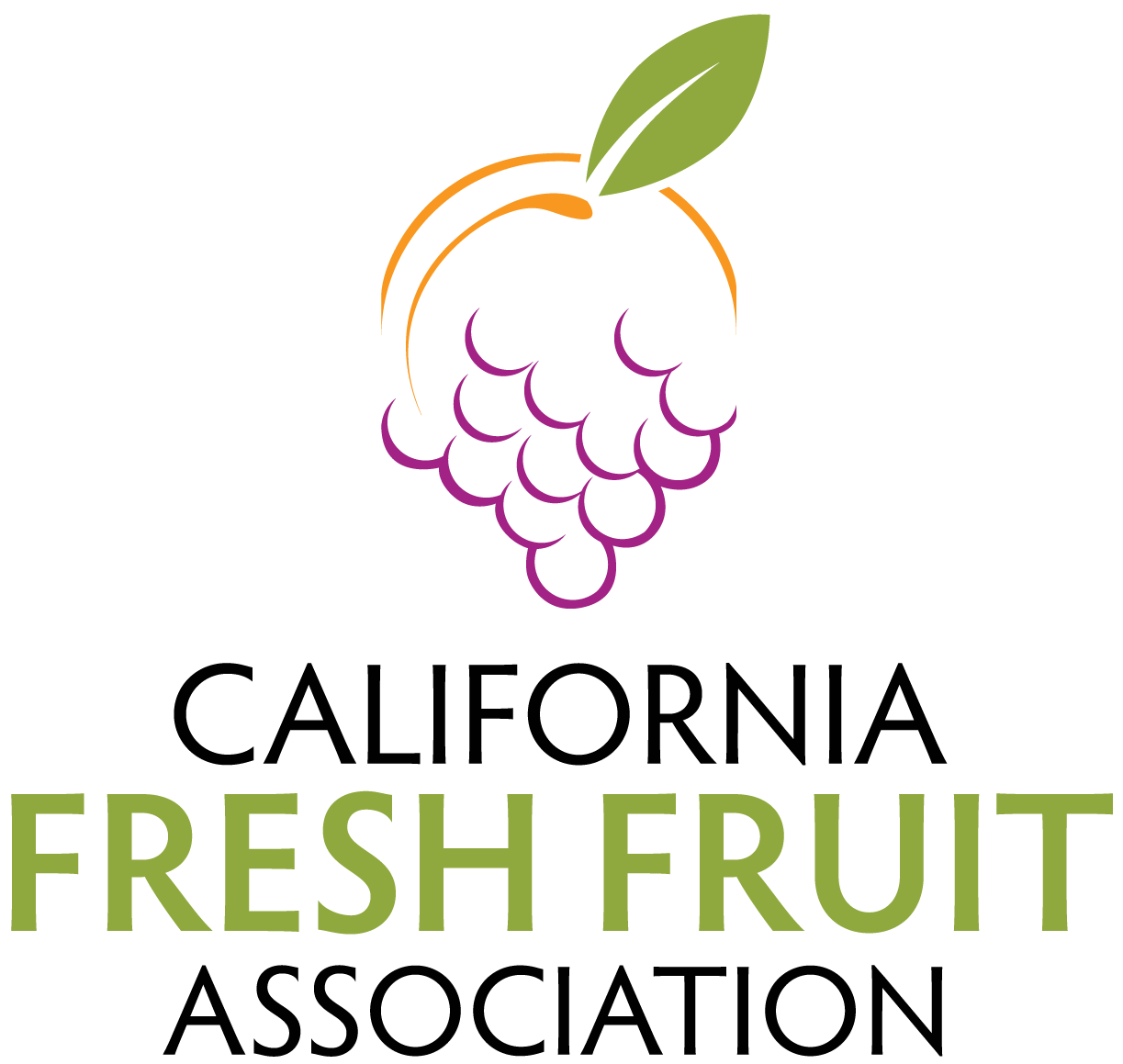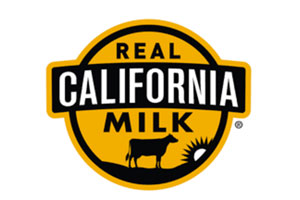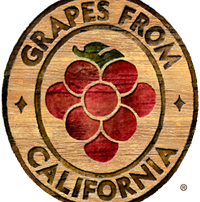California Cantaloupe Growers Launch New Social Media Campaign to Attract Younger Consumers
The California Cantaloupe Advisory Board has launched a new social media campaign targeting Gen Z consumers with a colorful new logo, a refreshed website, a TikTok channel and a brand ambassador – all focused on positioning cantaloupe in a fresh and fun way that appeals to a younger audience.
“Traditionally, the largest consumer demographic group purchasing cantaloupe has been people 60 years and older,” explains Garrett Patricio, president of Westside Produce and Chairman of the California Cantaloupe Advisory Board (CCAB). “That age group is purchasing 43 percent of our cantaloupe, while just 15 percent of our customers are aged 18 to 29. It doesn’t take a marketing expert to know those numbers are not sustainable for increasing cantaloupe sales in the long-term.”
To address the issue, this past winter a group of California cantaloupe growers – both young and old – came together to create a new marketing strategy and direct its marketing agency, Farmers Communication Exchange, to make some big changes.
Patricio notes the kind of cantaloupe grown in California has also experienced some big changes in recent years. The old Western-shipper type cantaloupes have been replaced by new Long-Shelf-Life varieties that have a much different flavor and texture profile.
“Interestingly, what we’ve found is that younger consumers, especially children, have taken a liking to these new cantaloupe varieties,” continues Patricio. “These younger shoppers aren’t familiar with how cantaloupes used to taste and they like these new crisper varieties. This presents an opportunity for cantaloupe growers to capitalize on reaching a brand new audience.”
Cantaloupe growers are pushing this message out through their new website at californiacantaloupes.com which has this to say about modern cantaloupe, “Today’s cantaloupe is not like it once was. The soft, mushy flesh and musky taste of older cantaloupe varieties have been updated to a cleaner, crisper, brighter, more refreshing sweetness with vibes of honey, cucumber and a splash of citrus. California cantaloupe is literally bursting with sunshine!”
“But where we plan to push this message even harder is through social media, where we’re targeting a younger audience with light-hearted content designed to make cantaloupe cool again,” said Marilyn Freeman, owner of Farmers Communications Exchange. “We’ve created a new TikTok channel to specifically target younger consumers along with our existing channels on Instgram, Facebook, X, Pinterest, YouTube and LinkedIn.
“We’re also involving cantaloupe farmers in our social media program,” says Freeman. “And they are really having some fun with the latest TikTok video trends. It’s not uncommon to find them singing to their cantaloupe, dancing and even suntanning in the field – all with the goal of getting younger consumers to buy more cantaloupe.”
Freeman explains that the organization has also introduced a new “brand ambassador” to further help build a following of younger shoppers.
“Tara Monreal is a young woman who works as a marketer for the cantaloupe industry, “ says Freeman. “She’s a passionate advocate for cantaloupe, so the Board is partnering with her to help reach more consumers through her TikTok and Instagram channels where she’s known as “GotMelonGirl.” If you’re on social media, you’ll be seeing more of GotMelonGirl in the coming weeks and much, much more about California cantaloupe.”
“It’s been fun – if not a bit embarrassing – for us growers to give this social media thing a try,” says Patricio. “What’s become clear is this is the way to reach consumers directly with your message. There are so many farmers and farming organizations who are successfully using social media to educate people about farming, all that goes into growing safe, healthy food and, hopefully, bringing more consumers to the store looking for our products.”


















